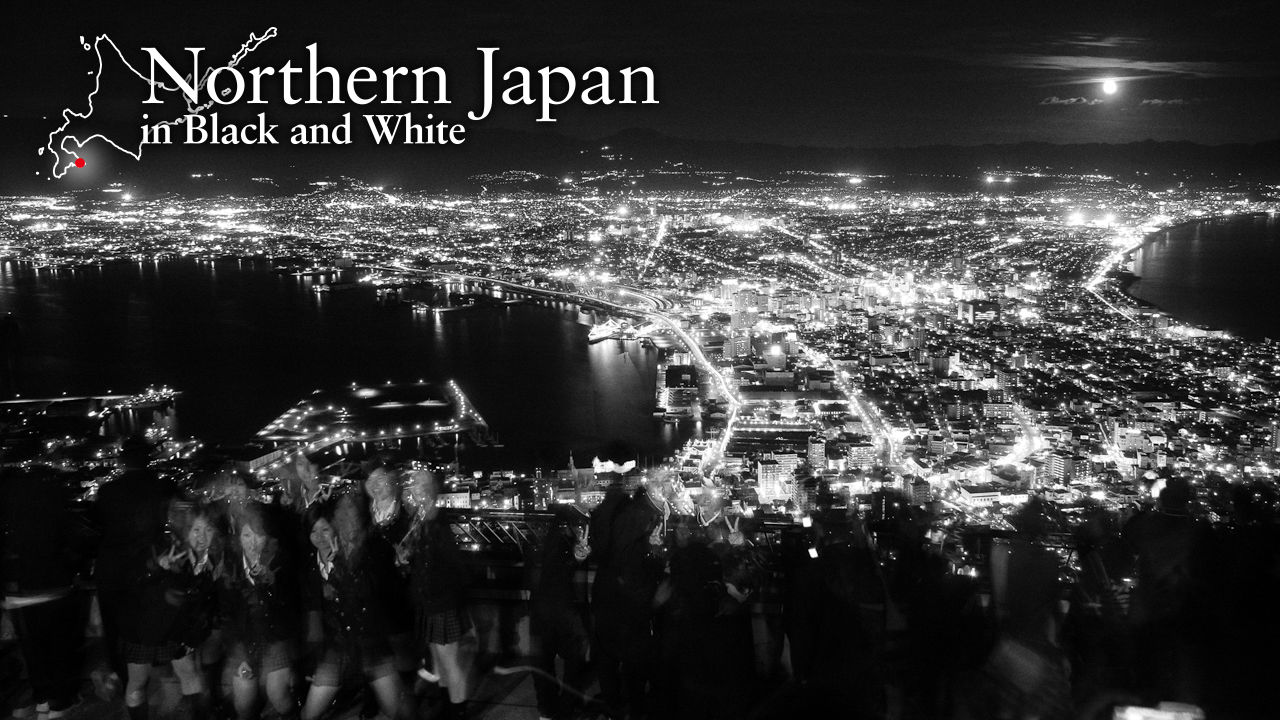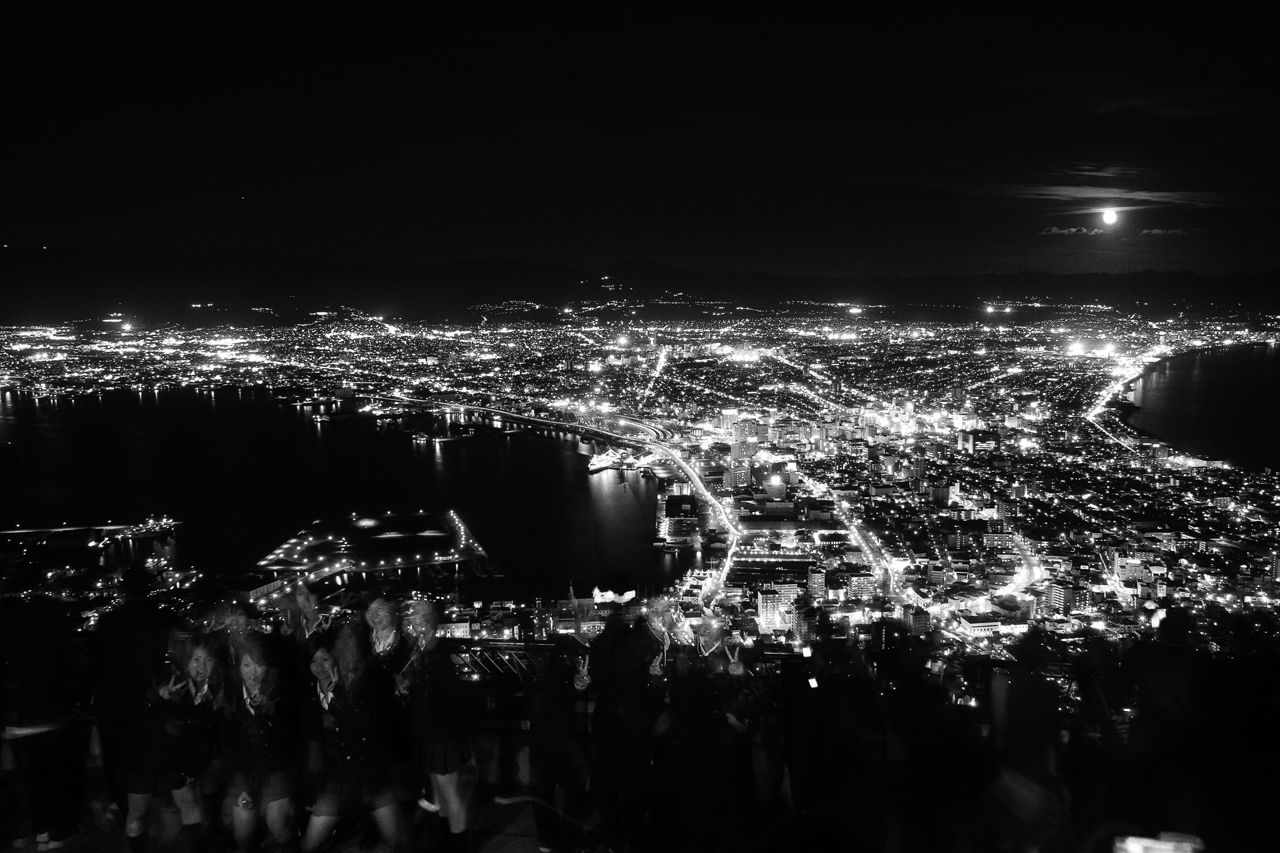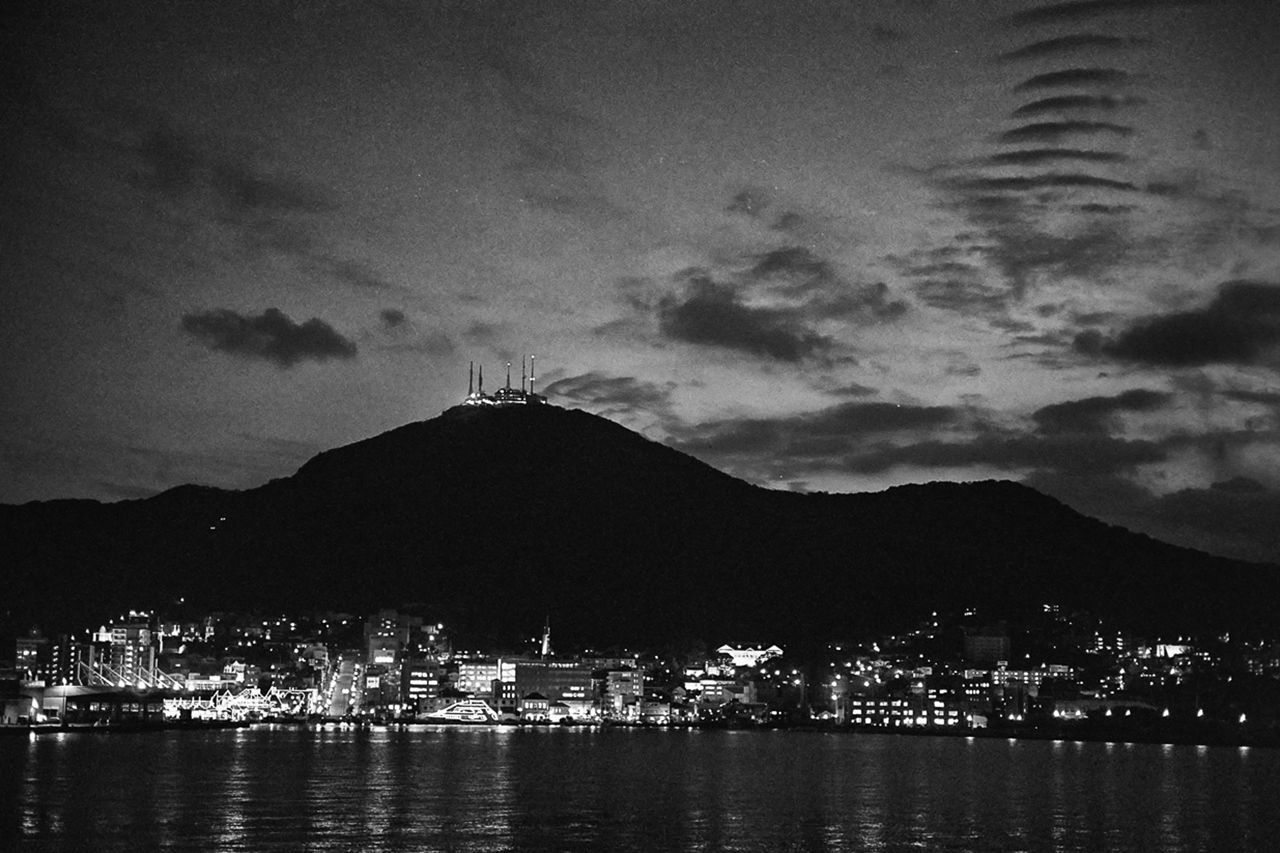
Hokkaidō’s Abandoned Fortress at Hakodate
Guideto Japan
- English
- 日本語
- 简体字
- 繁體字
- Français
- Español
- العربية
- Русский
Not long after the end of the war, when I was still just a kid, my friends and I went exploring on Mount Hakodate, using old tree branches as hiking sticks. The fortress there had been recently abandoned, so we climbed the fence and sneaked into the underground tunnels below. They were low-ceilinged and barely wide enough for one person to pass through. We had to stoop as we made our way nervously through the darkness, guided only by the light filtering dimly in from the other end.
The fortress on Mount Hakodate was built before the Russo–Japanese War of 1904–5. The day after war was declared, Russian cruisers were already in the Tsugaru Strait, sinking Japanese ships carrying rice cargos and plunging the people of Hakodate into a panic. Russia knew exactly how far the guns of Mount Hakodate could fire. Later, during World War II, the United States established total air superiority and bombed the city and its port with impunity. Despite being in operation for an entire half-century, the fortress only ever fired seven or eight times at submarines that surfaced in the strait. Still, while it may have been a paper tiger for purposes of war, it played a large role in conserving the mountain’s natural environment. Even sketching or photographing the area around it was forbidden, let alone entering it.
 High school students pose before a night cityscape (2005).
High school students pose before a night cityscape (2005).
The forests of Mount Hakodate have been harvested for timber and replanted many times since the Edo period (1603–1868). The Matsumae Domain rulers were so thorough in logging the mountain for profit that Wilhelm Heine, a German-American artist accompanying Commodore Matthew Perry on his 1854 second mission to open Japan to trade, depicted it as a barren peak. Later, the Hakodate magistrate and merchant Takataya Kahei would embark on a program of replanting the slopes with cedars.
Today, to set foot on Mount Hakodate is to enter a peaceful forest of dappled sunlight through the leaves, scattered wildflowers, and song from migratory birds. On the mountain, the slow life awaits.
 The peak of Mount Hakodate at sunset (2005).
The peak of Mount Hakodate at sunset (2005).
Mount Hakodate
Access: The Mount Hakodate Ropeway boarding point is 10 minutes from the Jūjigai stop on the Hakodate City Tram. The ride to the top station takes 3 minutes. Round-trip fare is ¥1,280 for adults, half-price for children. Trams leave the bottom station from 10:00 to 20:50 (October 16–April 24), 10:00 to 21:50 the rest of the year.
tourism Hokkaidō Hakodate photography Northern Japan in Black and White